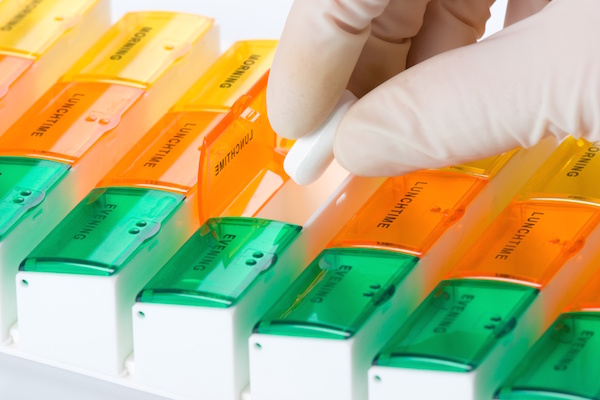WEDNESDAY, Jan. 20, 2016 (HealthDay News) — Researchers say they’re closer to developing a blood test that distinguishes between viral and bacterial respiratory infections. This would help doctors predict when antibiotics will and will not work.
Such a test, done right in the doctor’s office, might also help curb overuse of antibiotics — a practice that has led to drug-resistant bacteria, experts suggest.
When diagnosing respiratory infections — such as colds, pneumonia and bronchitis — it helps to know whether the illness is caused by a virus or bacteria, explained study lead author Dr. Ephraim Tsalik. He is assistant professor of medicine at Duke University School of Medicine in Durham, N.C.
“Antibiotics treat bacteria, but they do not treat viruses. That’s why distinguishing between these various causes of illness is very important to get the right treatment to the right patient, and to offer a prognosis for how the patient is likely to do,” Tsalik said.
Respiratory infections are one of the most common reasons for doctor visits. And about three-quarters of patients get bacteria-fighting antibiotics even though most have viral infections, Tsalik said. “Viruses, for the most part, get better on their own,” he said.
Patients sometimes demand antibiotics even if the illness appears to be a virus, and doctors sometimes prescribe them in order to be “better safe than sorry,” he explained. Both cases can expose patients unnecessarily to potential side effects, Tsalik said.
Equally concerning is that unnecessary use of antibiotics raises the risk that bacteria will figure out how to resist the medications, Tsalik said. Awareness has grown worldwide in recent years over bacterial germs that are no longer easily killed off with antibiotics.
A quick and affordable test could provide important information about sick patients, said Dr. Dominik Mertz, an assistant professor of infectious diseases at Canada’s McMaster University. Mertz wasn’t involved in the new research.
While the new test isn’t ready yet, Mertz said, “it might be a new approach that could eventually get there. The test results could be used to reassure yourself as a physician as well as the patient.”
In the current study, Tsalik and colleagues developed a test to distinguish viruses from bacterial infections by analyzing the workings of genes in the blood. The investigators tried the test out on 273 people with respiratory infections and 44 healthy people.
Overall, the test was accurate 87 percent of the time in distinguishing between bacterial and viral infections, and infections caused by something else. This is better than the 78 percent accuracy rate of an existing test that analyzes inflammation linked to illness, the researchers said.
“Even with that imperfect test, other studies showed that using it can reduce antibiotic use by about 40 to 50 percent compared to no testing at all,” Tsalik said.
The new test works by detecting how genes “turn off and on in a particular pattern” in response to bacteria, a virus or another cause, he said. Tsalik added that it’s unique because of its speed and simplicity. There are no details yet about price, but he said researchers want to make it affordable.
What’s next? Tsalik said researchers want to evaluate the test using people of various ages and ethnicities. They are also exploring whether similar tests can detect other types of bacterial and viral infections and fungal infections.
The study is published in the Jan. 20 issue of Science Translational Medicine.
More information
Duke Medicine has more about viral and bacterial infections.
Copyright © 2025 HealthDay. All rights reserved.

